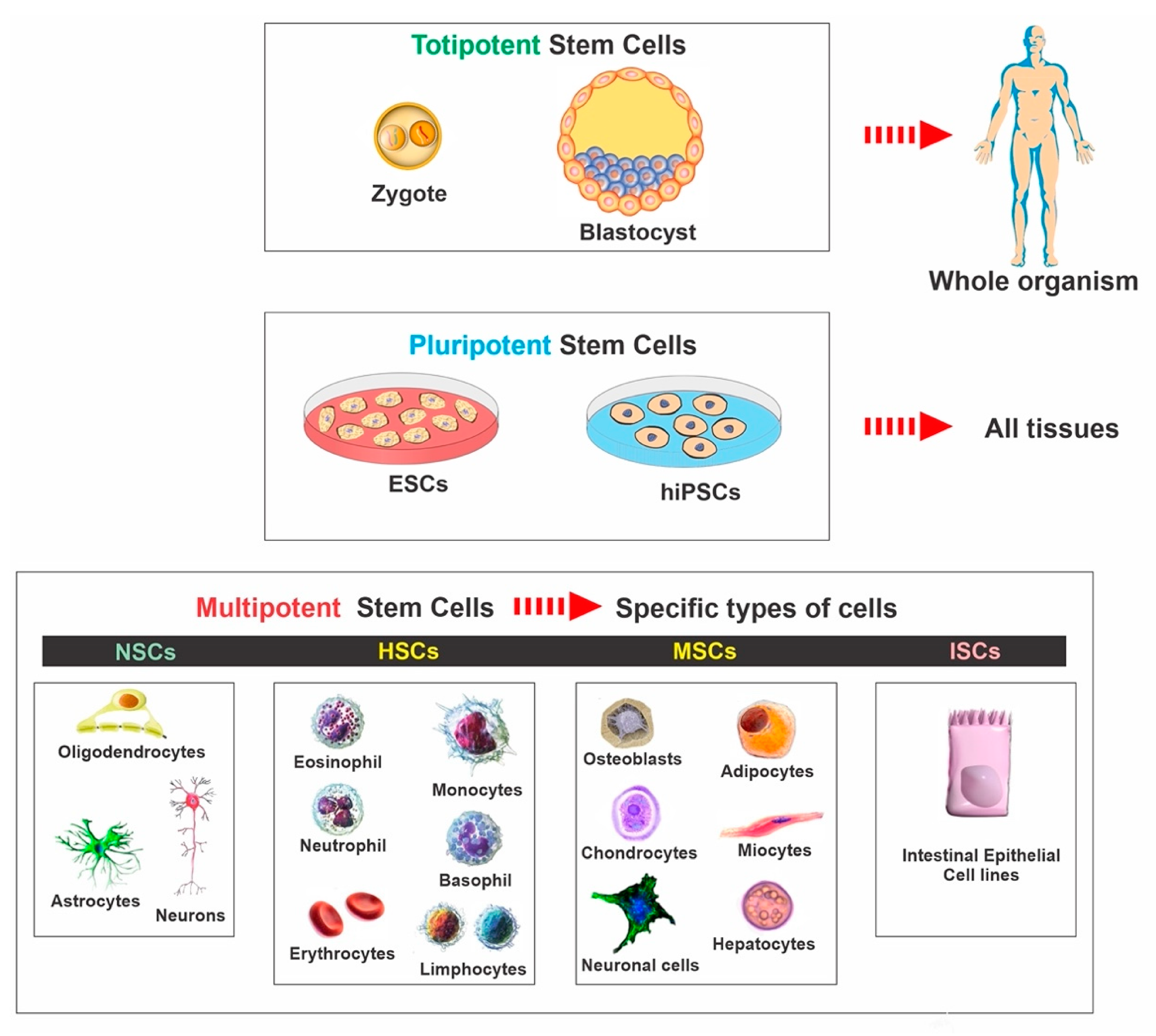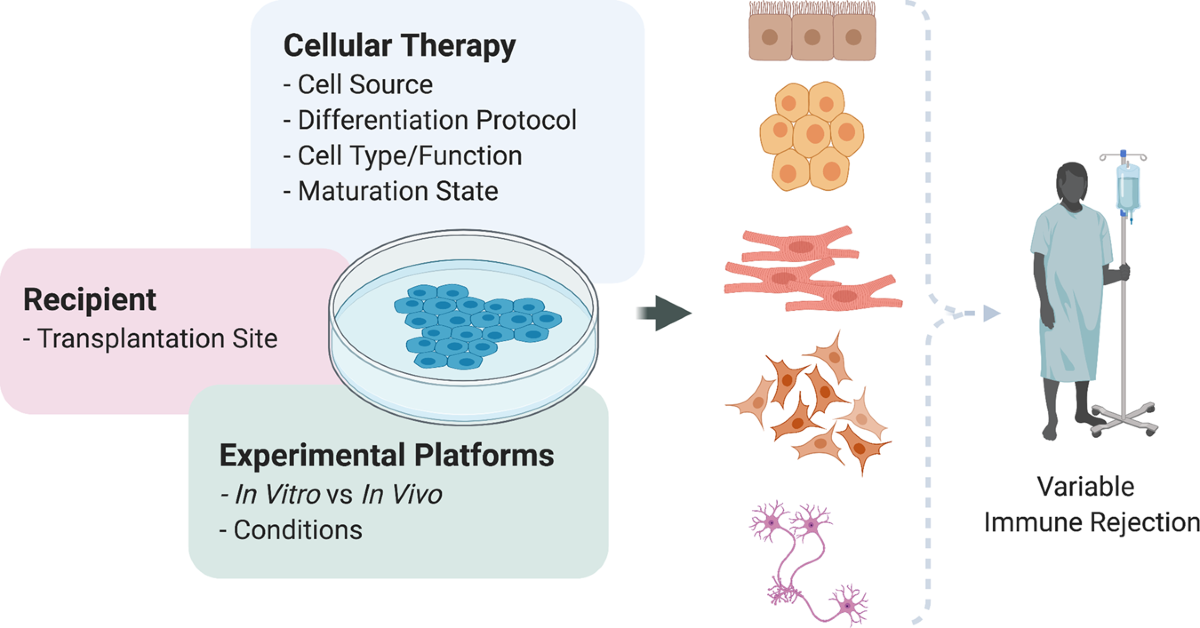
[/image][=video]
[/video]
There are several kinds of stem cells. Generally, the term stem cell describes a category of cells that generate various other cells (like skin, blood, heart, and muscle mass cells) by reproducing and differentiating in reaction to chemical signs. Totipotent stem cells show up at the earliest stage of growth and are the only stem cells which can produce embryonic stem cells and the placenta.
Bone marrow transplant (BMT) is a special therapy for patients with certain cancers or various other conditions. A bone marrow transplant involves taking cells that are typically located in the bone marrow (stem cells), filtering those cells, and providing them back either to the contributor (person) or to another person. The objective of BMT is to transfuse healthy bone marrow cells into an individual after his or her own undesirable bone marrow has been dealt with to kill the unusual cells.
The blood cells that make other blood cells are called stem cells. The most primitive of the stem cells is called the pluripotent stem cell.
It is the stem cells that are needed in bone marrow transplant. The objective of a bone marrow transplant is to cure several diseases and sorts of cancer. When the dosages of radiation treatment or radiation required to treat a cancer cells are so high that a person's bone marrow stem cells will be permanently harmed or destroyed by the therapy, a bone marrow transplant may be required.
Hormone Therapy
This process is often called rescue. Replace bone marrow with genetically healthy functioning bone marrow to stop even more damage from a genetic disease process (such as Hurler's disorder and adrenoleukodystrophy). The threats and benefits must be weighed in an extensive conversation with your doctor and experts in bone marrow transplants prior to the treatment.
There are different types of bone marrow transplants relying on who the donor is. The various sorts of BMT consist of the following: The benefactor is the client himself or herself. Stem cells are extracted from the individual either by bone marrow harvest or apheresis (a process of accumulating outer blood stem cells), frozen, and then repaid to the patient after extensive treatment.
The contributor shares the very same genetic type as the individual. Stem cells are taken either by bone marrow harvest or apheresis from a genetically matched donor, normally a bro or sister. Various other donors for allogeneic bone marrow transplants may include the following: A haploid-identical suit is when the donor is a parent and the genetic match goes to the very least half the same to the recipient.
.png)
Matching includes typing human leukocyte antigen (HLA) tissue. The antigens on the surface of these special leukocyte identify the hereditary makeup of an individual's immune system. There are at least 100 HLA antigens; however, it is believed that there are a couple of major antigens that establish whether a contributor and recipient match.
Clinical study is still examining the role all antigens play in the process of a bone marrow transplant. The more antigens that match, the much better the engraftment of donated marrow. Engraftment of the stem cells occurs when the contributed cells make their method to the marrow and begin making new members cells.
Perimenopause Treatment
All people work together to offer the best chance for a successful transplant. The group is composed of the following: Health care carriers that specialize in oncology, hematology, immunology, and bone marrow transplantation.
Experts that will certainly aid you satisfy your nutritional needs prior to and after the transplant. A number of various other group members will evaluate you prior to transplant and will certainly offer follow-up care as needed.

A complete case history and physical exam are performed, consisting of numerous examinations to assess the individual's blood and body organ features (for instance, heart, kidney, liver, and lungs). A patient will commonly enter the transplant center as much as 10 days prior to transplant for hydration, examination, positioning of the central venous line, and other prep work.
Blood products and medicines will certainly be given with the catheter throughout treatment. For an allogeneic transplant, an ideal (tissue entered and matched) contributor has to be offered. Locating a matching contributor can be a challenging and extensive procedure, especially if a sibling match is not readily available. Voluntary marrow benefactors are signed up in numerous nationwide and international computer registries.
Contributor sources readily available consist of: self, brother or sister, moms and dad or family member, nonrelated individual, or umbilical cable from an associated or nonrelated person. There are nationwide and global pc registries for nonrelated people and cable blood. Some family members might be keyed in due to the fact that of the desire to aid. These relatives might or might not choose to have their kind registered for use with other receivers.
Stem Cell Therapy in Burton
Tests connected to his/her wellness, direct exposure to viruses, and genetic analysis will certainly be done to determine the level of the match. The contributor will be given instructions on how a bone marrow contribution will be made. As soon as a suit for a client needing a bone marrow transplant is found, then stem cells will certainly be gathered either by a bone marrow harvest.
Or by a peripheral blood stem cell collection. This is where stem cells are gathered from the flowing cells in the blood. Of the two, outer blood stem cell contributions are now more typical. Cable blood has already been accumulated at the time of a birth and kept for later use.
Navigation
Latest Posts
Menopause Therapy
Perimenopause Treatment servicing Burton, Michigan
Perimenopause Treatment